Home>Furniture & Design>Interior Design Trends>What Size Are Sliding Glass Doors
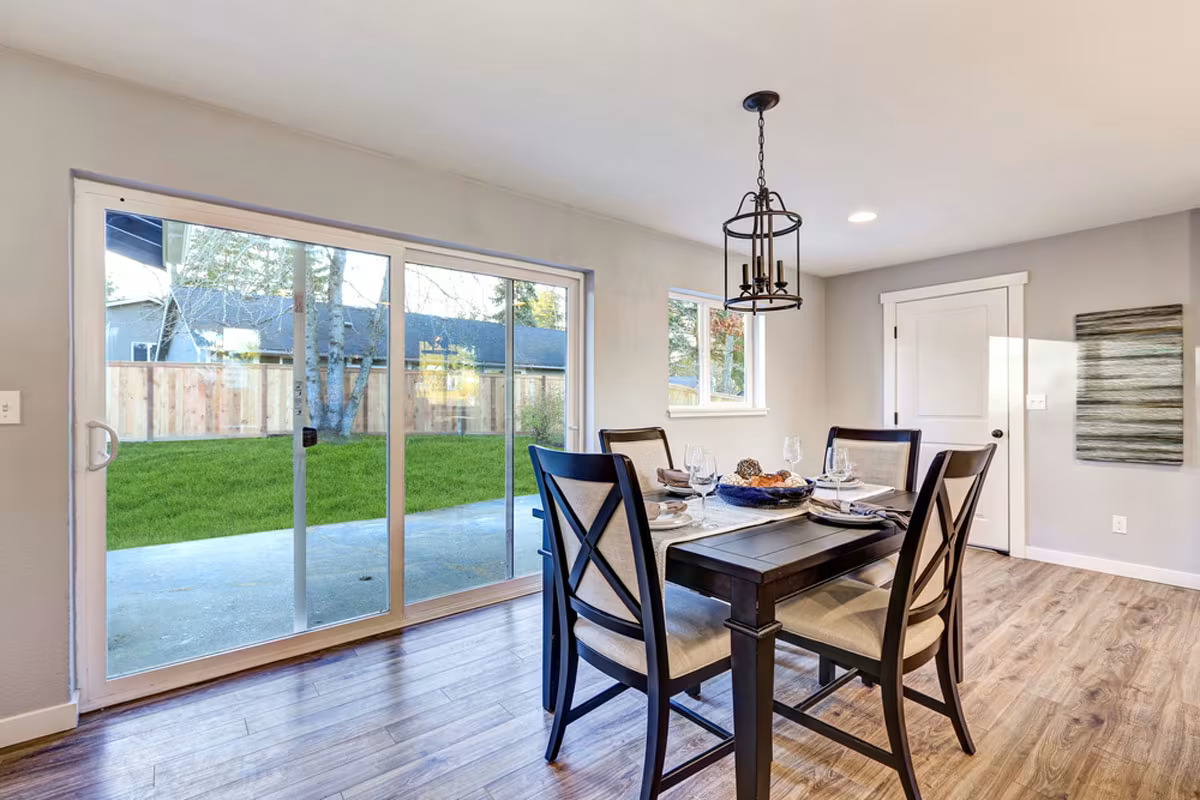

Interior Design Trends
What Size Are Sliding Glass Doors
Modified: October 18, 2024
Discover the latest interior design trends for sliding glass doors and find out what size works best for your space. Explore innovative ideas to enhance your home's aesthetic.
(Many of the links in this article redirect to a specific reviewed product. Your purchase of these products through affiliate links helps to generate commission for Storables.com, at no extra cost. Learn more)
Introduction
Sliding glass doors are a popular feature in modern homes, seamlessly blending indoor and outdoor spaces while allowing natural light to flood into the interior. These doors not only enhance the aesthetic appeal of a home but also provide functional benefits such as improved ventilation and accessibility to outdoor areas. When considering the installation or replacement of sliding glass doors, understanding the available sizes and customization options is crucial to achieving the desired look and functionality.
In this comprehensive guide, we will delve into the various sizes of sliding glass doors, including standard dimensions and custom options. Whether you are renovating your home, constructing a new property, or simply exploring ways to elevate your living space, this article will equip you with the knowledge needed to make informed decisions regarding the size of sliding glass doors. Additionally, we will explore the factors that should be taken into account when selecting the ideal size for your specific needs and preferences.
By the end of this guide, you will have a clear understanding of the standard and custom sizes available for sliding glass doors, empowering you to make choices that align with your design vision and practical requirements. Let's embark on this insightful journey into the world of sliding glass doors and discover the possibilities that await when it comes to optimizing the size of these elegant and functional architectural elements.
Key Takeaways:
- Sliding glass doors come in standard sizes like single, double, triple panels, and even custom sizes. They impact natural light, views, and traffic flow, so choose wisely to enhance your living space.
- Consider factors like space, style, and energy efficiency when choosing the size of sliding glass doors. Custom sizes offer personalized solutions for a truly exceptional living environment.
Standard Sizes for Sliding Glass Doors
Standard sizes for sliding glass doors are designed to accommodate various architectural requirements and interior design preferences. These dimensions are widely used in residential and commercial settings, offering a balance between functionality, aesthetics, and cost-effectiveness. Understanding the typical sizes of sliding glass doors can provide valuable insights when planning for renovations or new construction projects.
1. Single Panel Sliding Glass Doors
- Width: 60 inches
- Height: 72 inches
Single panel sliding glass doors are a popular choice for smaller openings, providing a seamless transition between indoor and outdoor spaces while allowing ample natural light to illuminate the interior.
2. Double Panel Sliding Glass Doors
- Width: 72 inches to 96 inches
- Height: 80 inches to 96 inches
Double panel sliding glass doors, also known as patio doors, offer a wider opening and are often utilized as access points to outdoor living areas. These doors create a striking visual impact and can accommodate larger traffic flow, making them ideal for living rooms, dining areas, and master bedrooms.
3. Triple Panel Sliding Glass Doors
- Width: 108 inches to 144 inches
- Height: 80 inches to 96 inches
Triple panel sliding glass doors are designed for expansive openings, providing an impressive panoramic view while maximizing natural light intake. These doors are commonly featured in luxury residences and high-end architectural projects, offering a seamless connection to outdoor landscapes and expansive vistas.
4. Oversized Sliding Glass Doors
- Width: 144 inches or more
- Height: 96 inches or more
Oversized sliding glass doors are custom-crafted to fit large-scale openings, such as grand living spaces, luxury penthouses, and commercial establishments. These doors make a bold architectural statement, creating a sense of openness and fluidity within the interior environment.
Understanding the standard sizes for sliding glass doors is essential when evaluating options for your home or commercial property. These dimensions serve as a foundation for exploring customization possibilities and can guide the selection process based on the specific spatial and design requirements of your project. Whether you are aiming to create a seamless indoor-outdoor experience or seeking to optimize natural light penetration, the standard sizes of sliding glass doors offer a starting point for envisioning the ideal architectural integration within your living or working space.
Custom Sizes for Sliding Glass Doors
In addition to standard dimensions, custom sizes for sliding glass doors offer a tailored approach to architectural integration, allowing for personalized solutions that align with specific spatial requirements and design visions. Customization options empower homeowners, architects, and interior designers to optimize the functionality and aesthetic appeal of sliding glass doors, ensuring a seamless fit within diverse architectural contexts.
Custom-sized sliding glass doors are crafted to accommodate unique openings, irregular architectural layouts, and specialized design preferences. Whether it involves expanding an existing doorway, adapting to non-standard structural configurations, or creating a distinctive visual impact, custom sizing opens up a realm of possibilities for enhancing the overall ambiance and functionality of a space.
When opting for custom sizes, homeowners and design professionals can collaborate with manufacturers and suppliers to determine the precise dimensions that will best suit the intended application. This collaborative process allows for the consideration of specific height and width requirements, as well as the incorporation of innovative design elements such as oversized panels, multi-slide configurations, and custom hardware options.
Moreover, custom-sized sliding glass doors offer the flexibility to cater to architectural styles that demand non-conventional proportions, such as modernist designs with expansive glass facades or historic properties with unique structural constraints. By embracing custom sizing, individuals can achieve a harmonious blend of form and function, tailored to the distinct character and spatial dynamics of the environment.
In contemporary architectural practice, the demand for custom-sized sliding glass doors continues to grow, driven by the desire for personalized living experiences and the pursuit of design excellence. This trend underscores the significance of bespoke solutions in shaping the built environment, allowing for the creation of living spaces that are both highly functional and visually captivating.
By embracing custom sizes for sliding glass doors, homeowners and designers can transcend the limitations of standard dimensions, unlocking the potential for creating truly exceptional living environments that reflect individuality, innovation, and a deep appreciation for the seamless integration of indoor and outdoor spaces.
Factors to Consider When Choosing the Size of Sliding Glass Doors
When selecting the size of sliding glass doors for a residential or commercial space, several crucial factors should be taken into account to ensure that the chosen dimensions align with both functional and aesthetic considerations.
1. Spatial Constraints
The available space and architectural layout play a pivotal role in determining the appropriate size of sliding glass doors. It is essential to assess the dimensions of the opening where the doors will be installed, considering factors such as ceiling height, wall width, and any potential obstructions. By carefully evaluating the spatial constraints, homeowners and designers can identify the optimal door size that harmonizes with the overall proportions of the room while facilitating smooth operation and unhindered access.
Read more: What Is A Recessed Sliding Glass Door
2. Natural Light and Views
The size of sliding glass doors significantly impacts the amount of natural light that enters the interior space and the visual connection to the outdoor environment. Larger doors with expansive glass panels maximize daylight penetration and offer unobstructed views, creating a sense of openness and connectivity with the surrounding landscape. Conversely, smaller doors may be preferred in areas where privacy or solar heat gain management is a priority. Balancing the desire for abundant natural light with the need for functional comfort is essential when determining the ideal door size.
3. Traffic Flow and Accessibility
Consideration should be given to the flow of foot traffic and the accessibility requirements within the space. In high-traffic areas or rooms with limited floor space, choosing a door size that allows for smooth passage and convenient operation is crucial. For example, in a dining area or living room, where frequent movement occurs, selecting a door size that facilitates easy entry and exit without obstructing furniture or circulation paths is paramount.
4. Architectural Style and Design Intent
The architectural style and design intent of the space influence the selection of sliding glass door sizes. Modern and contemporary designs often embrace larger door dimensions to create a seamless indoor-outdoor transition and to emphasize clean, expansive sightlines. In contrast, traditional or historic settings may call for smaller, more proportionate door sizes that complement the overall architectural character. Aligning the door size with the design language of the space ensures a cohesive and harmonious visual impact.
5. Energy Efficiency and Insulation
The size of sliding glass doors can impact the energy performance of a building. Larger doors may result in increased heat loss or gain, affecting the overall thermal comfort and energy efficiency of the interior space. It is essential to consider the insulation properties of the doors and the glazing systems to mitigate potential energy-related concerns. Additionally, selecting the appropriate door size can contribute to optimizing natural ventilation and passive solar heating, enhancing the overall environmental sustainability of the building.
6. Personal Preferences and Lifestyle
Ultimately, personal preferences and lifestyle considerations play a significant role in determining the size of sliding glass doors. Understanding the specific needs and preferences of the occupants, such as their desire for expansive outdoor views, seamless entertaining spaces, or enhanced indoor-outdoor connectivity, allows for a tailored approach to selecting the ideal door size that aligns with the occupants' lifestyle and enhances their daily living experience.
By carefully evaluating these factors, homeowners, architects, and interior designers can make informed decisions when choosing the size of sliding glass doors, ensuring that the selected dimensions harmonize with the spatial, functional, and design requirements of the environment.
Conclusion
In conclusion, the size of sliding glass doors plays a pivotal role in shaping the functionality, aesthetics, and overall ambiance of a space. Whether it's a residential setting, a commercial establishment, or a contemporary architectural project, the dimensions of sliding glass doors have a profound impact on the way natural light permeates the interior, the visual connection to outdoor surroundings, and the seamless integration of indoor and outdoor living spaces.
By understanding the standard and custom sizes available for sliding glass doors, individuals embarking on renovation or construction projects gain valuable insights into the diverse options for enhancing their living environments. The standard sizes, ranging from single panel to oversized configurations, provide a foundational understanding of the dimensions commonly utilized in architectural design. These dimensions serve as a starting point for envisioning the ideal integration of sliding glass doors within a space, offering a balance between practicality and visual appeal.
Moreover, the availability of custom sizes empowers homeowners, architects, and interior designers to transcend the limitations of standard dimensions, allowing for tailored solutions that align with specific spatial requirements and design visions. The collaborative process of custom sizing opens up a realm of possibilities, enabling the creation of truly exceptional living environments that reflect individuality, innovation, and a deep appreciation for the seamless integration of indoor and outdoor spaces.
When choosing the size of sliding glass doors, it is essential to consider a range of factors, including spatial constraints, natural light and views, traffic flow and accessibility, architectural style and design intent, energy efficiency and insulation, as well as personal preferences and lifestyle. By carefully evaluating these considerations, individuals can make informed decisions that result in the selection of door sizes that harmonize with the spatial, functional, and design requirements of the environment.
In essence, the size of sliding glass doors is not merely a technical specification but a fundamental element that contributes to the overall experience of a space. It influences the way inhabitants interact with their surroundings, the level of comfort and convenience they experience, and the visual impact that defines the character of the built environment. By embracing the diverse sizes and customization options available for sliding glass doors, individuals have the opportunity to transform their living spaces into captivating, functional, and personalized sanctuaries that seamlessly merge the indoors with the outdoors.
Frequently Asked Questions about What Size Are Sliding Glass Doors
Was this page helpful?
At Storables.com, we guarantee accurate and reliable information. Our content, validated by Expert Board Contributors, is crafted following stringent Editorial Policies. We're committed to providing you with well-researched, expert-backed insights for all your informational needs.
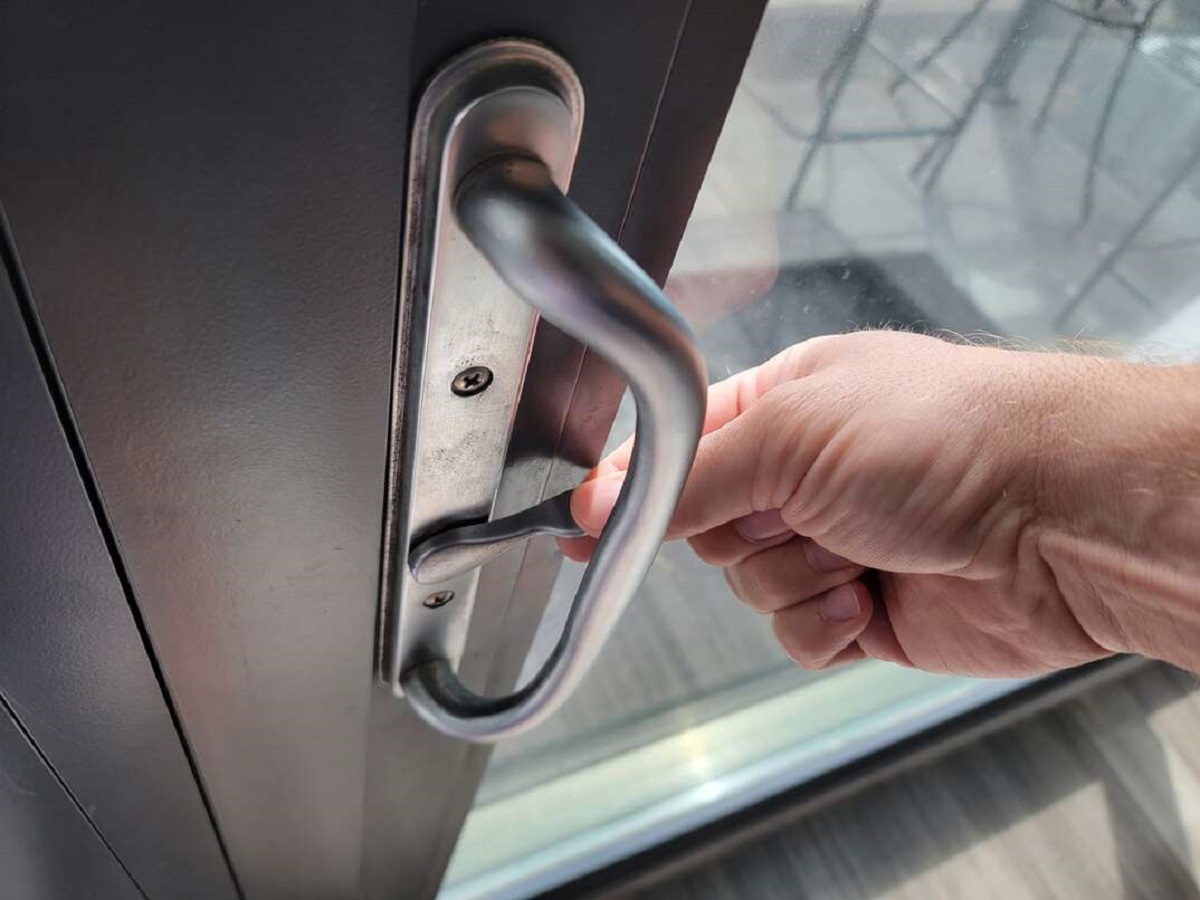
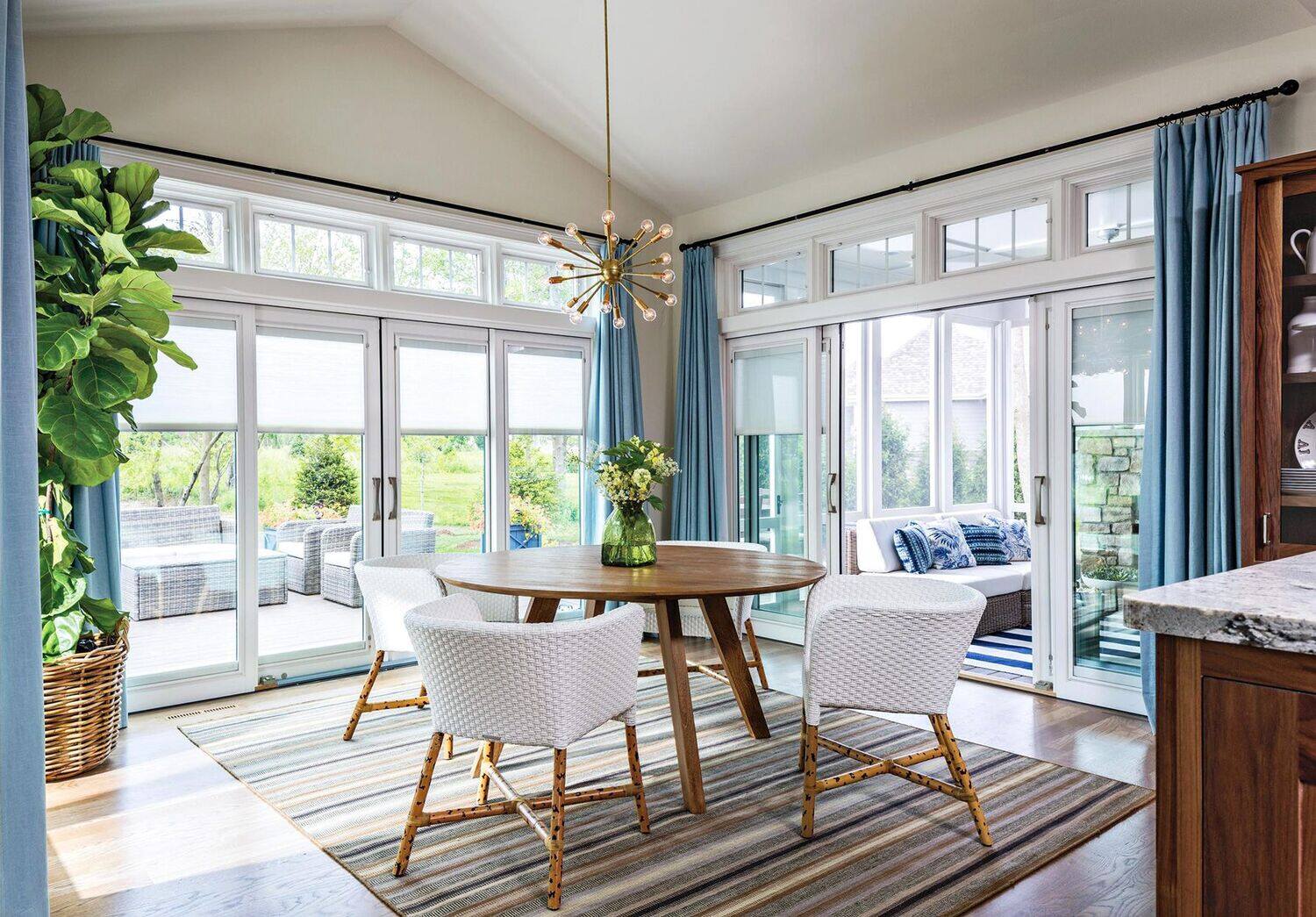
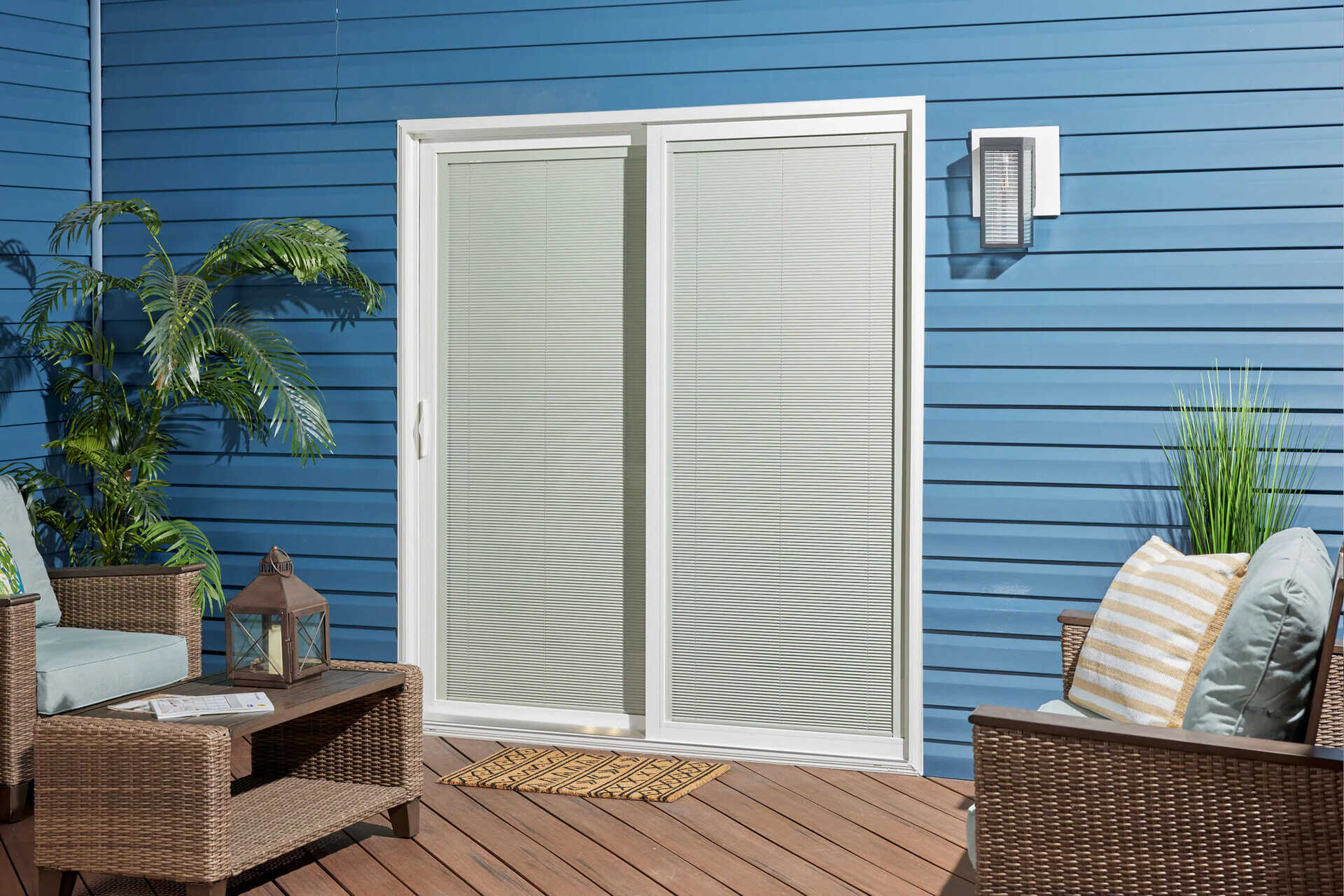
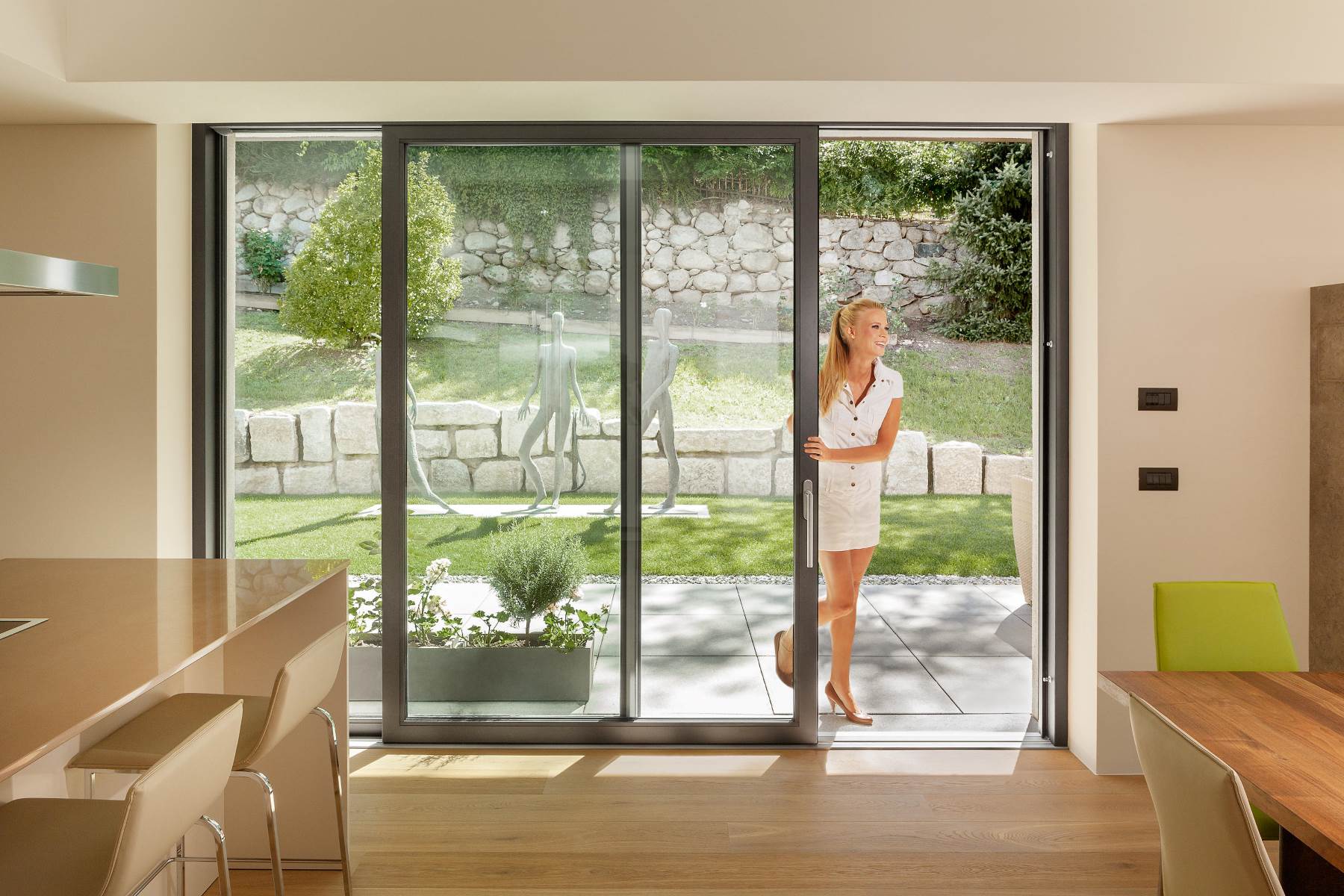
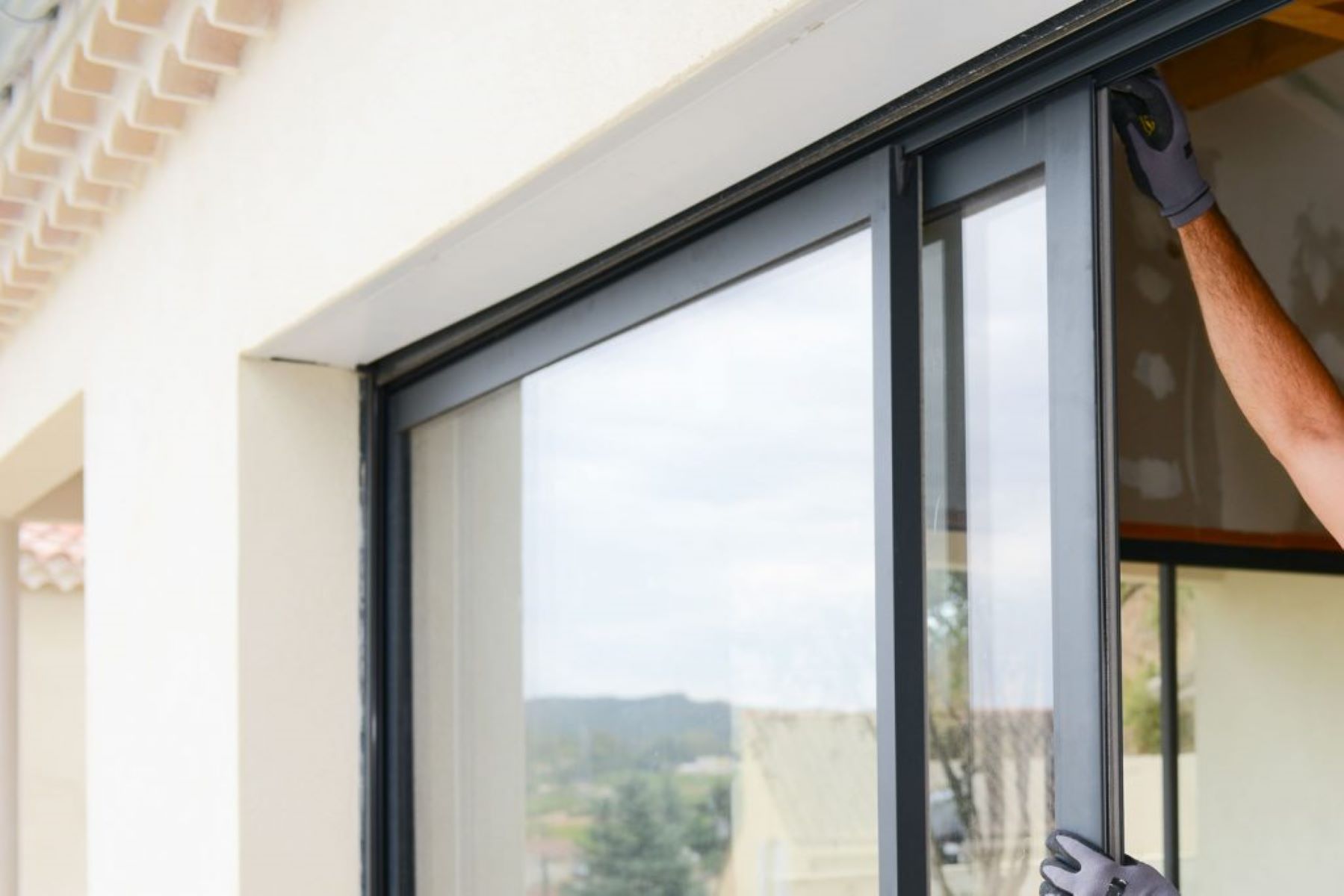
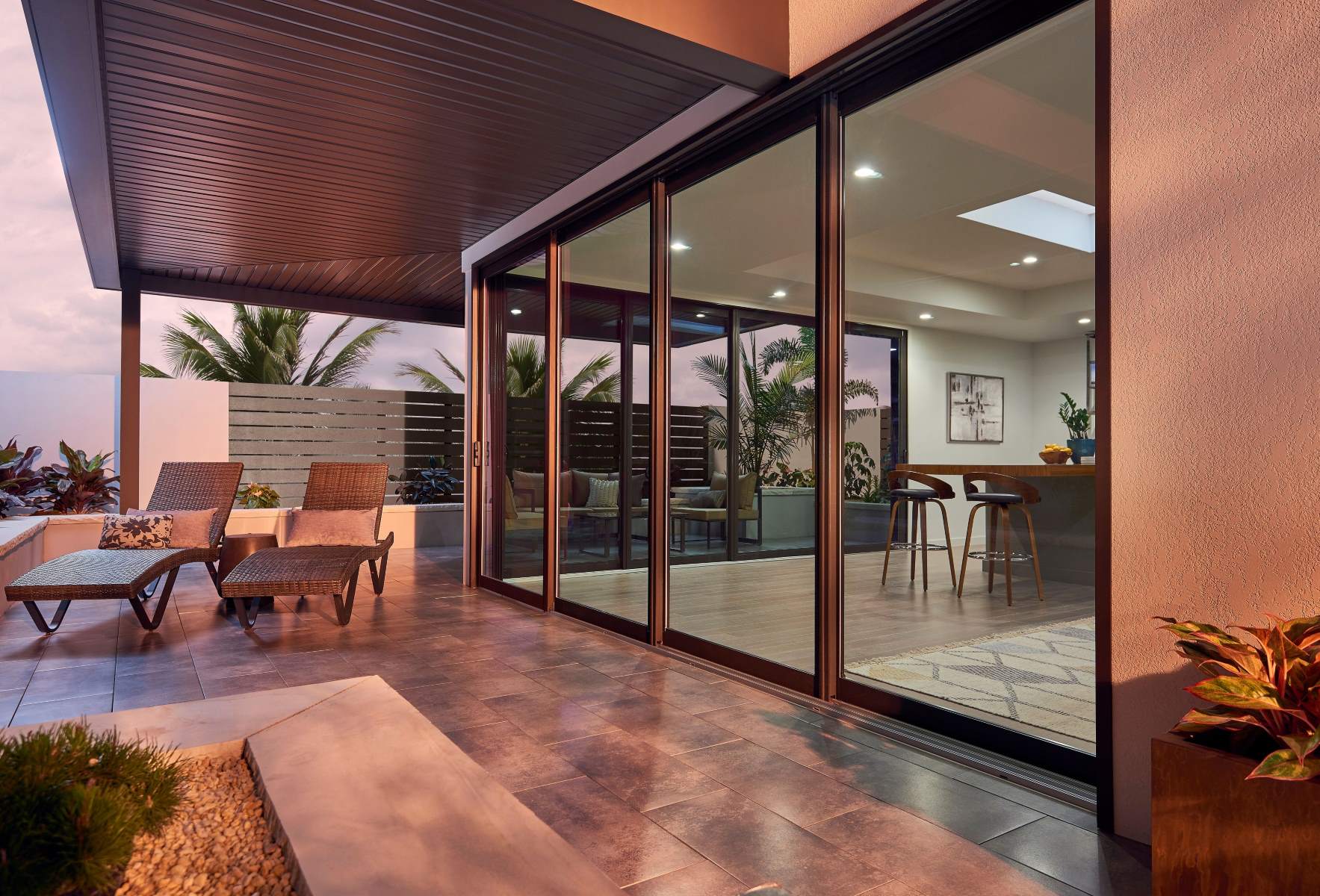
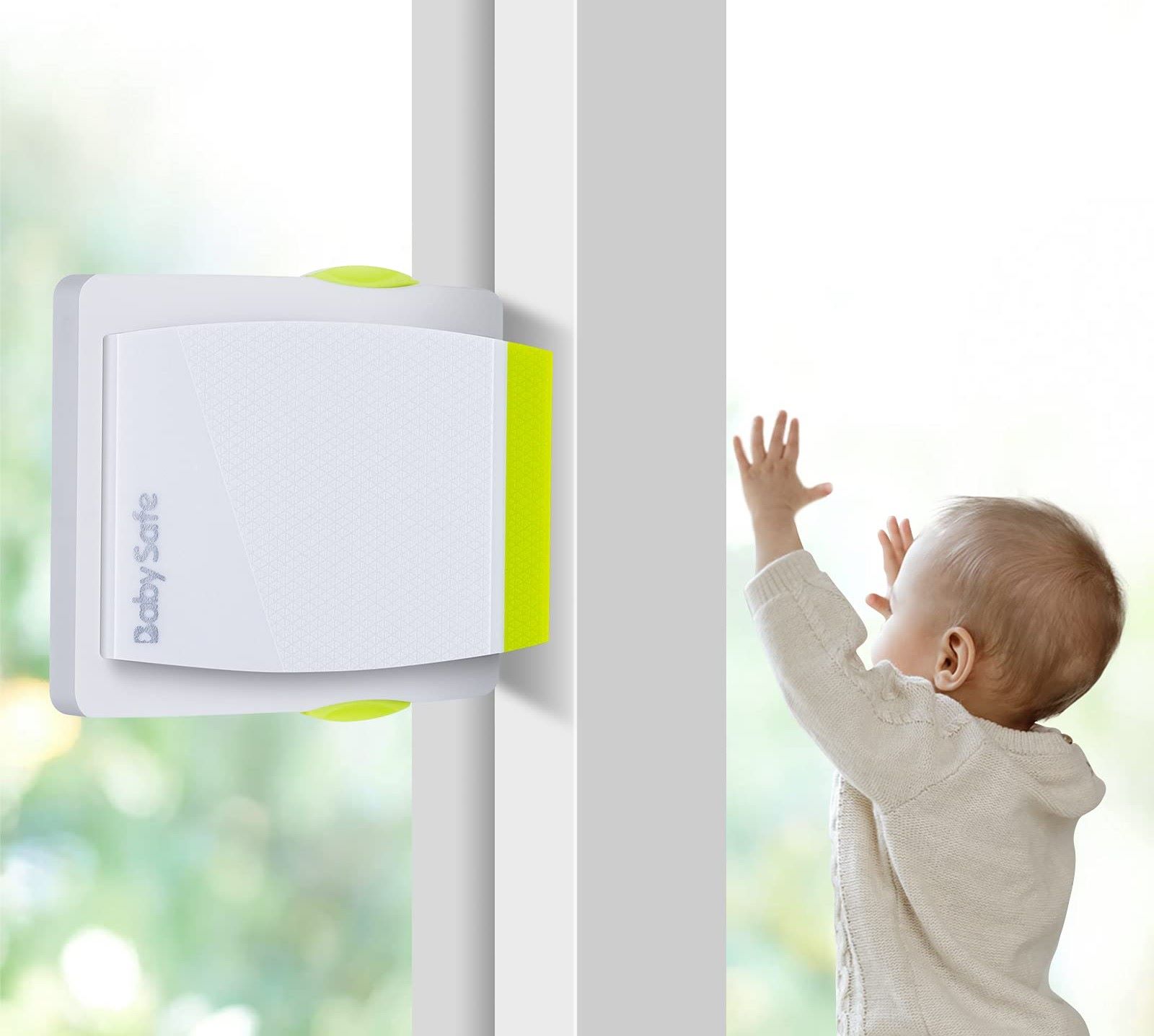

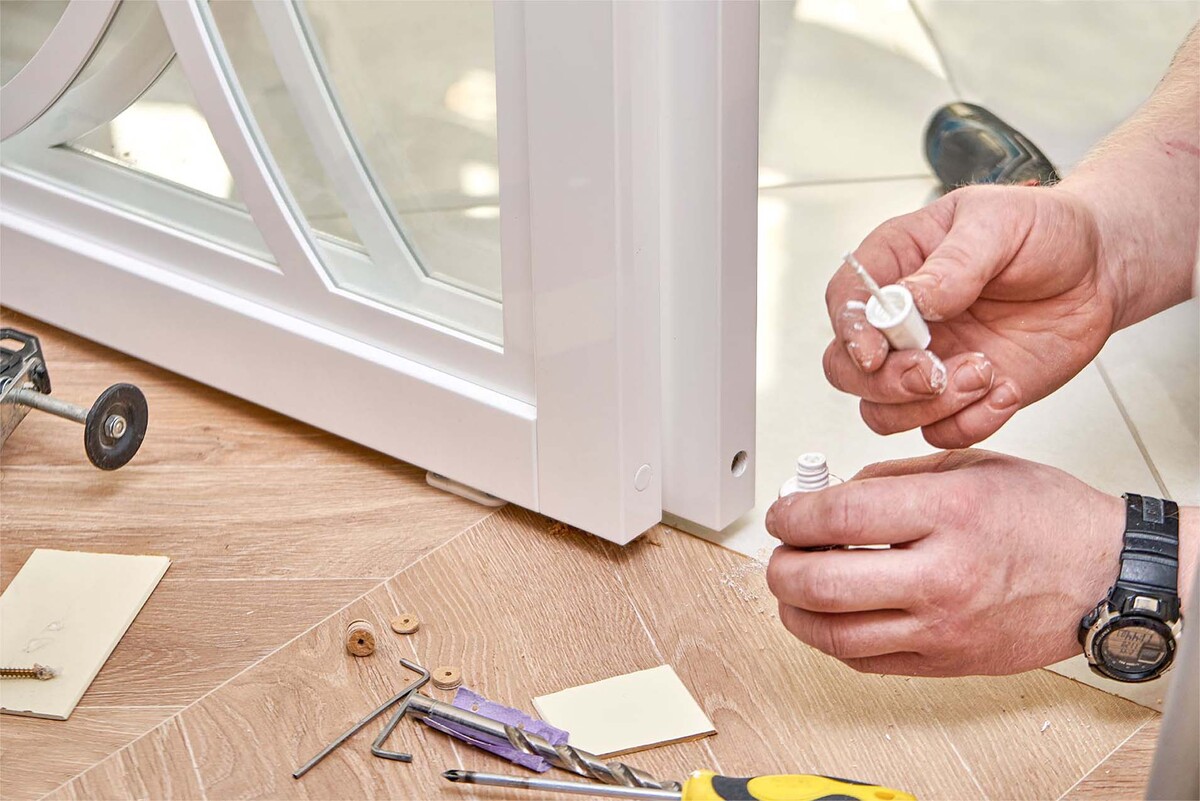
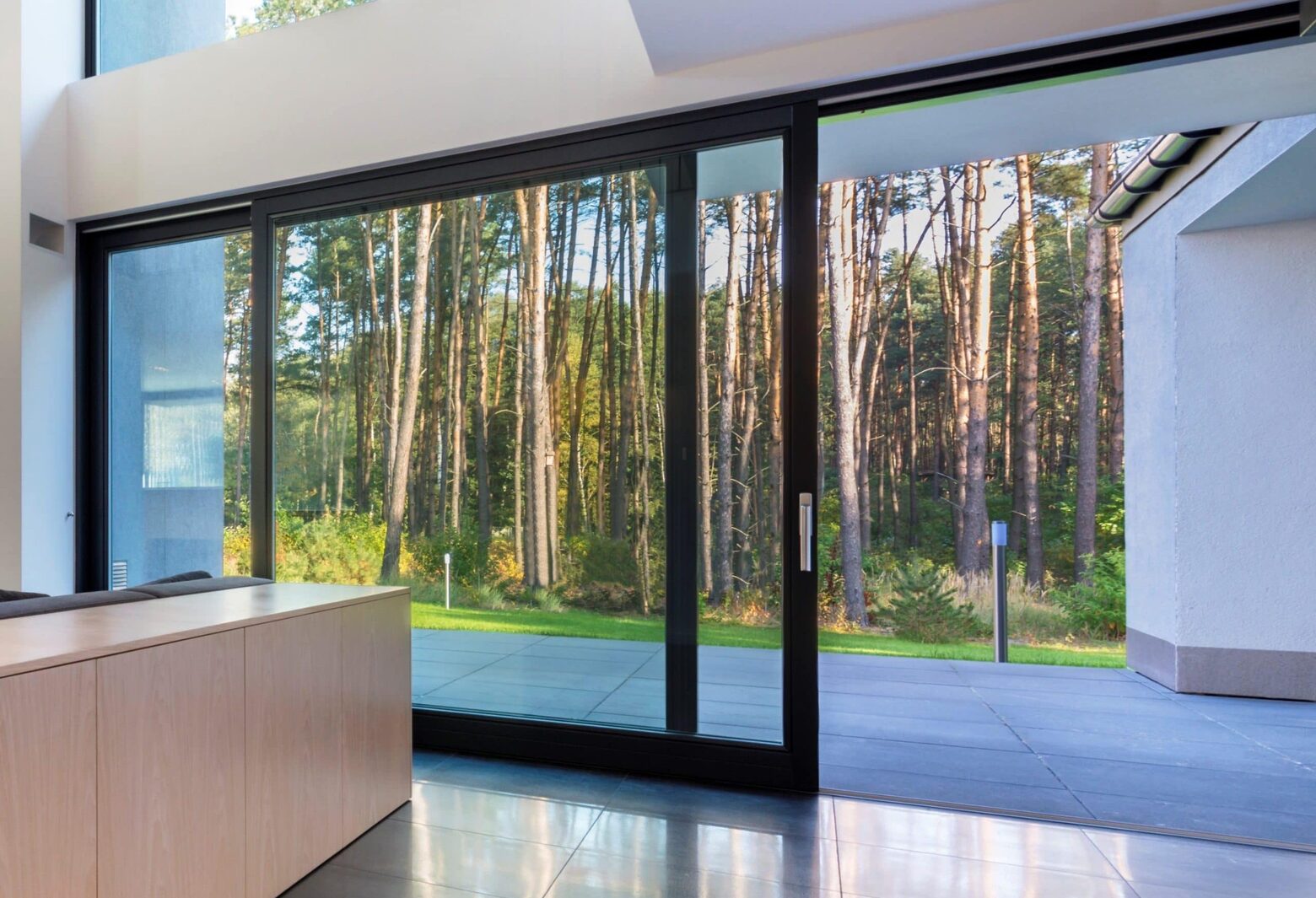
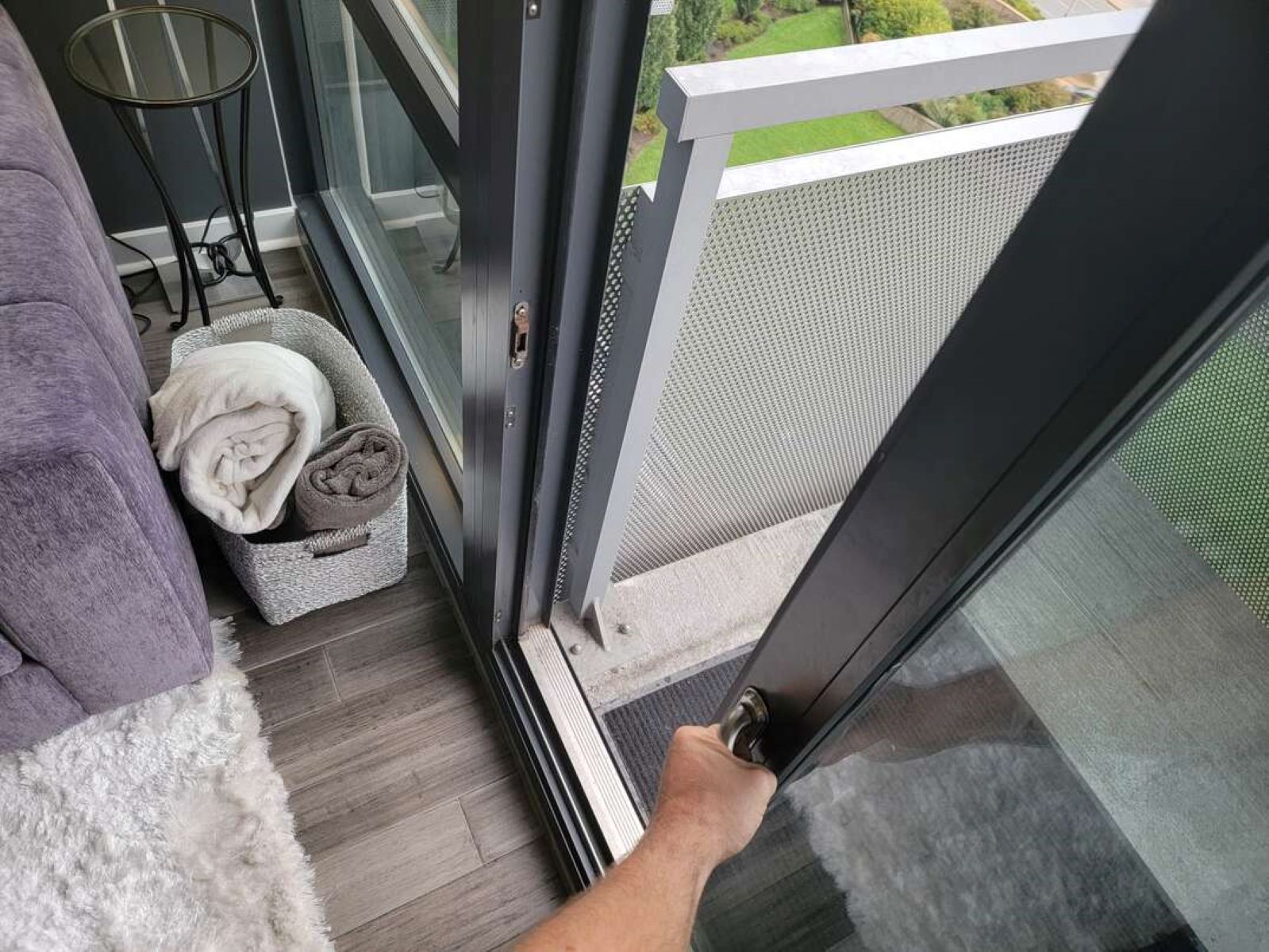
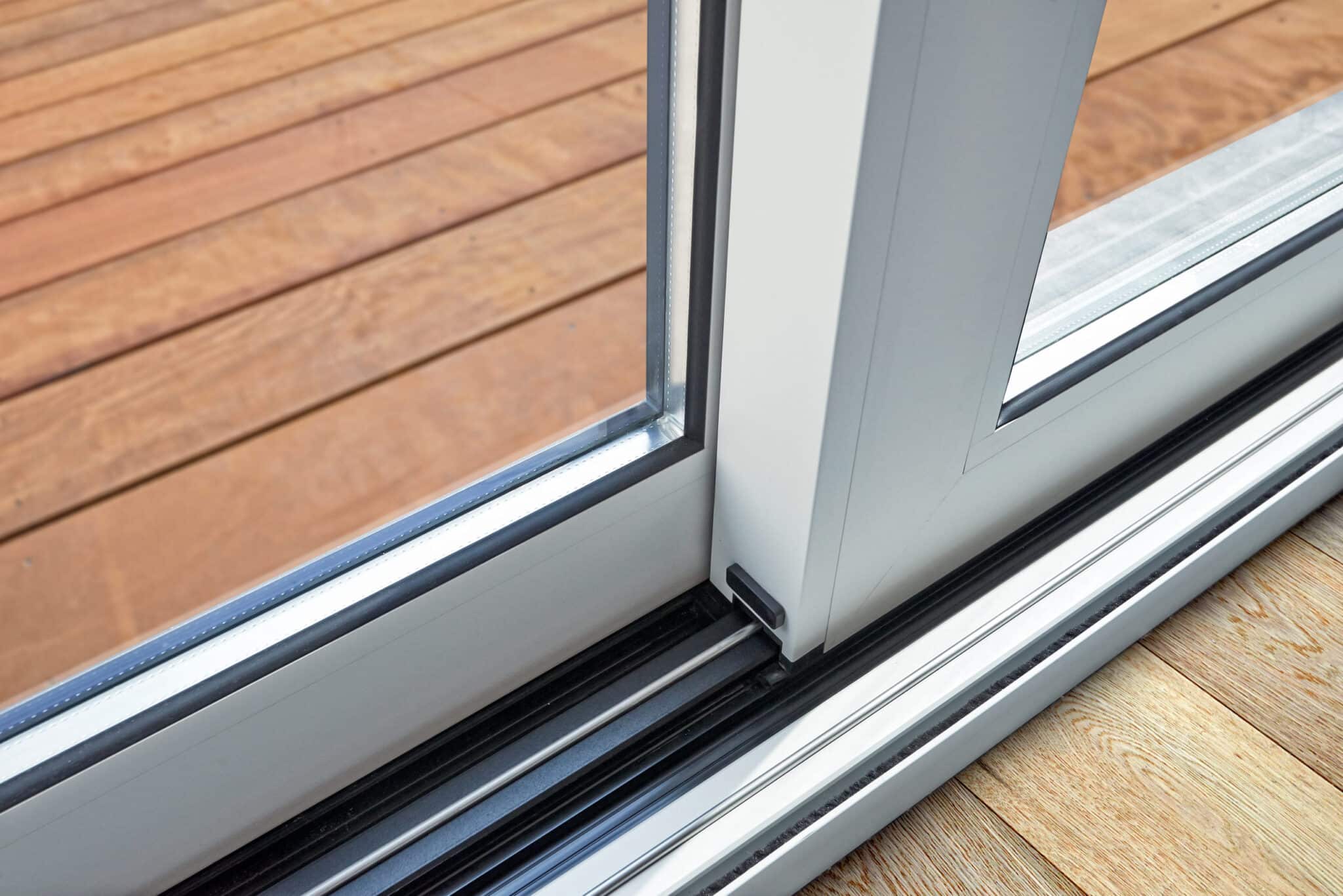

0 thoughts on “What Size Are Sliding Glass Doors”